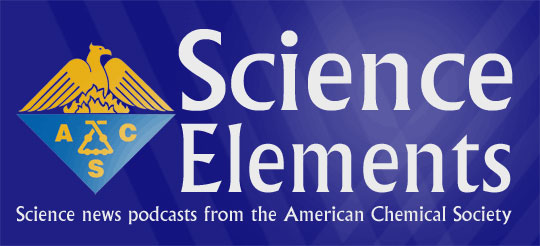| |||||||||||
|

Nitrogen dioxideEmbargoed: Monday, March 26, 8:00 p.m., Central Time On the battlefield, shrapnel isnít the only threat that soldiers, marines and other military personnel face from exploding ordnance. Researchers at the Walter Reed Institute of Research in Maryland have found that inhaling high concentrations of nitrogen dioxide gas from explosions and fires can cause serious lung damage. The test results were presented at the national meeting of the American Chemical Society in Chicago. Nitrogen dioxide is most familiar as an air pollutant from auto exhausts and the burning of fossil fuels. But it also forms when the heat from fires and explosions causes nitrogen and oxygen in the air to combine and form nitrogen dioxide. Tests with laboratory animals showed that respiratory function was dramatically changed after only five minutes exposure to the dangerous gas. Iím Marvin Coyner in Washington for the American Chemical Society Ė improving peopleís lives through the transforming power of chemistry. |
|||||||||||||||||
All Rights Reserved. Terms of Use | Privacy Policy | Feedback | Au sujet de la ACS | Acerca de la ACS |
||||||||||||||||||





